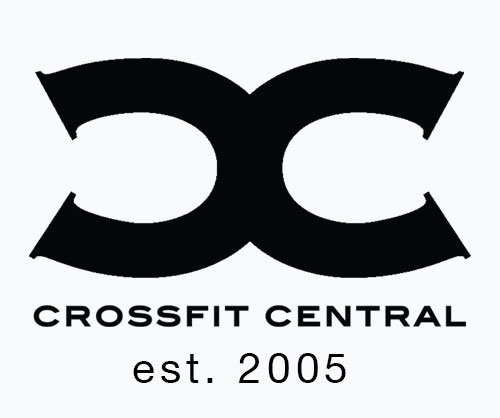Pull-up Progressions for Beginners
Let’s be honest. We’re a lot heavier now than we were as kids. Back then we didn’t even think about doing things like pull-ups or burpees or even muscle-ups. We would see a tree and pull our way up that thing in a heartbeat. But now? Another story. Good news for you, it doesn’t have to be that way forever. Let’s reverse time and get back to the days when you moved like a little ninja.
Now, this isn’t a guide to kipping pull-ups. I will write another article about this entirely, but for now let’s just say this: KIPPING HAS NO PLACE BEFORE AN ATHLETE CAN MOVE THEIR BODIES IN A CONTROLLED FASHION THROUGH SPACE AND TIME. Long explanation short: this is to prevent injury. Nobody cares if you can kick your chin over a bar. Leave the ego at home and move through the motions required to do it strict. Your joints will thank you later.
The first thing that an athlete should understand is that a lot of us have the muscle required to do a push-up or pull-up. The real issue that most have is that they don’t have the motor control or joint strength to match up. That’s where most of us need to start. This comes in the form of 3 movements:
THE STATIC HOLD
This method is basically just hanging on the bar. The athlete will start the movement at the top of the pull-up, with their chin clear above the bar. The movement can also be held at the bottom of the pull-up or anywhere inbetween. The athlete will then hang there for a certain period of time or until their muscles begin to fatigue. This position is meant to help strengthen and build finger, forearm, bicep, back, and ligament strength.
JUMPING PULL-UPS/NEGATIVES
This method is all about fighting with, and working with, gravity. The athlete will begin the movement by jumping their chest over the pull-up bar. With a slow and controlled tempo, the athlete will begin their descent to the bottom of the pull-up as gravity takes hold. As soon as the athlete lands on their feet, they will jump back up to the top and begin their next rep.
This method builds strength and motor patterns through the movement, allowing your joints to catch up with your overall strength level. This method should not be overused however. Sets of 5-8 reps tops at a time.
RING ROWS/BAR ROWS
Sometimes, it’s good to change the angle of the pull to build up the muscles of the back, the rotator cuff, and around the scapula. I recommend ring rows or some type of bent-over row for everyone in order to create balance in muscular development and to support shoulder health.
Another similar option is to place a bar in the rack. You can then do pull ups with your feet outstretched in front to provide assistance (i.e., a nice tight plank with the feet taking away some of the weight of the body).
Once an athlete sees progress and begins to advance past some of these techniques, a new set of techniques may be utilized. These new methods will be released in the next posting. In the meantime: NO KIPPING OR BANDED PULL-UPS. You’re welcome, joint health.

